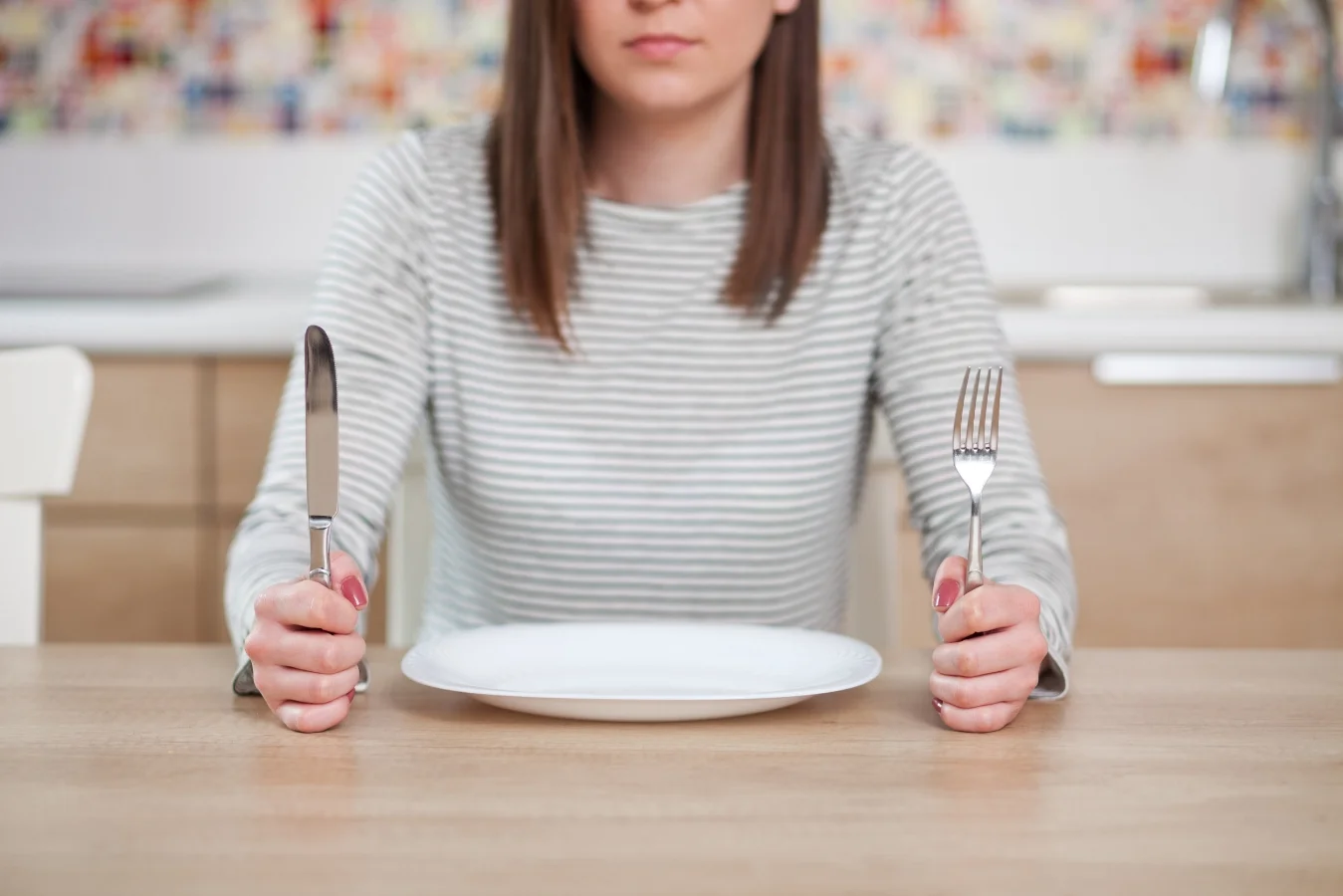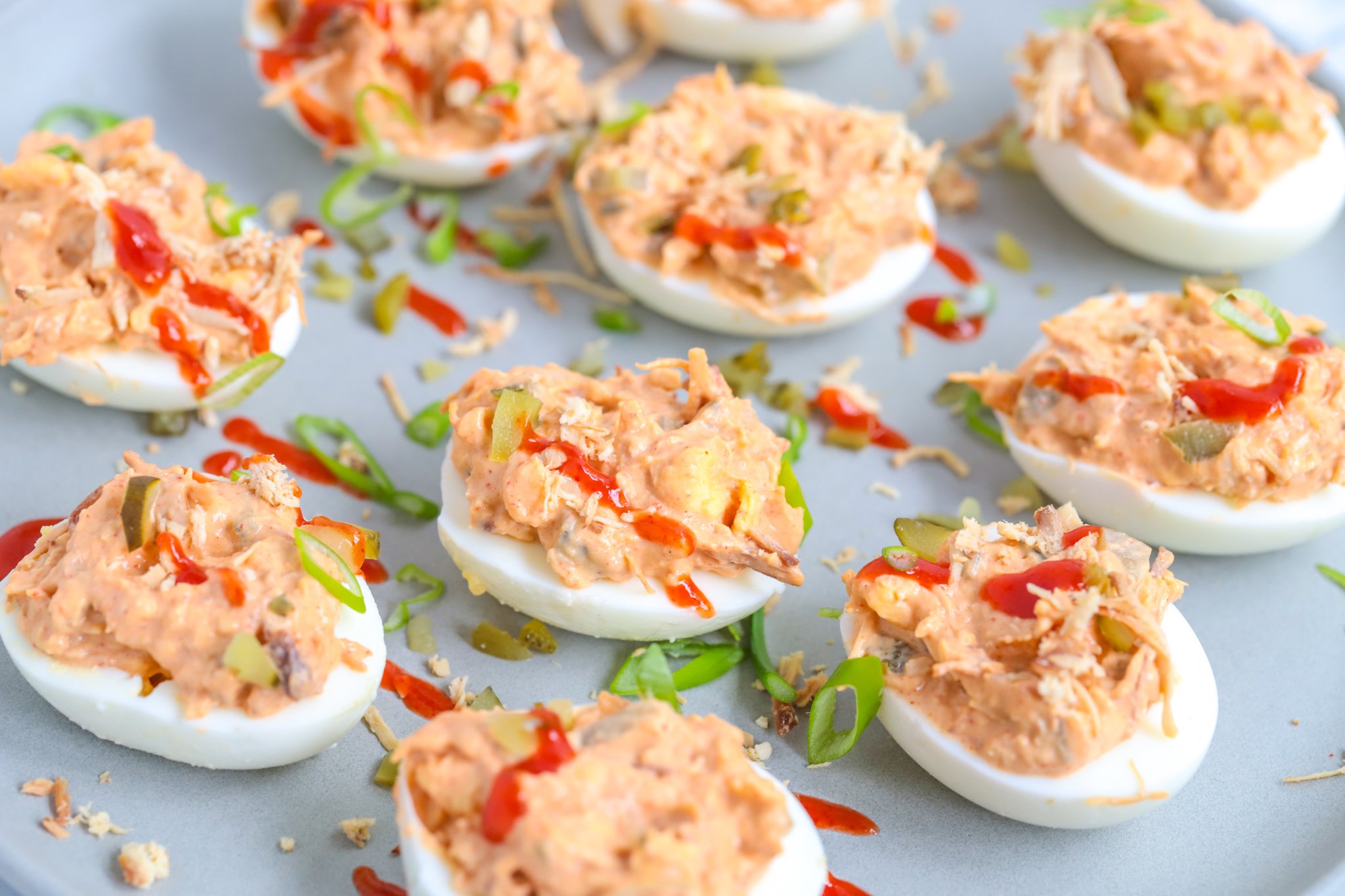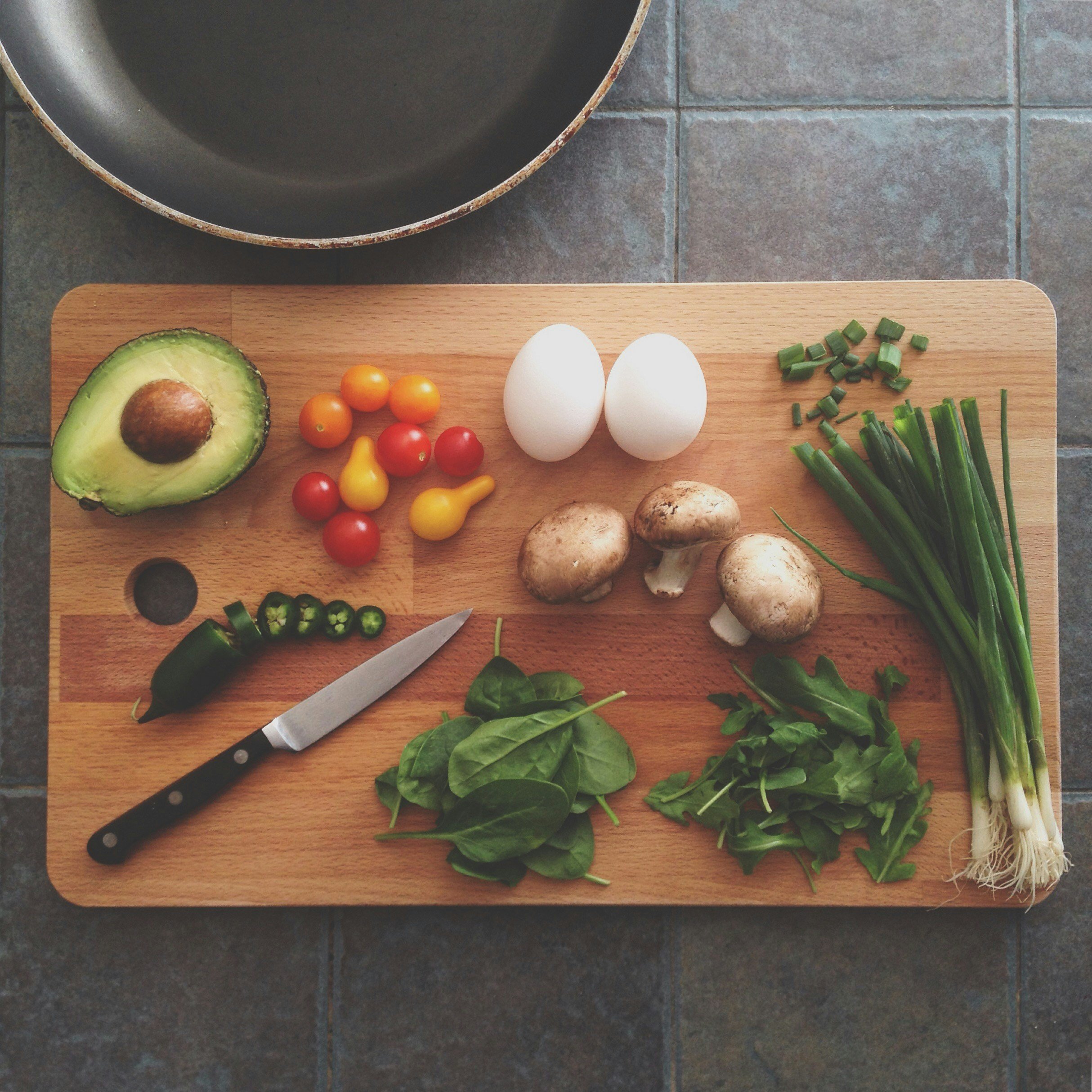What is the Satiety Index
Have you ever noticed that some foods keep you feeling full longer, and others give you the munchies an hour later? That can make the advice to "stop eating when you feel full" a bit tricky if you're picking foods that aren't filling.
That's a phenomenon called satiety (suh-tie-uh-tee). It's the feeling of fullness - of being satisfied and satiated. It's the opposite of hunger and appetite.
The satiety index is a rating of foods that have been tested for the satiating effect in a 240-calorie portion size. The scale scores foods based on whether people feel extremely hungry, hungry, semi-hungry, no feeling, semi-satisfied, satisfied, or extremely satisfied. Similar to the glycemic index, the response to white bread was set to be 100. Foods that are more filling have numbers higher than 100. Foods that are less filling have numbers lower than 100.
Characteristics of foods with a high satiety index
There are a few common characteristics of highly satiating foods.
Foods that are more filling (i.e., have a high satiety index) tend to have more protein. Protein is considered to be more filling than either carbohydrates or fats.
They also tend to have more fiber. Because fiber is not digested, it provides bulk. This bulk tends to help you feel full longer because it slows down emptying of the stomach and digestion time.
Highly satiating foods tend to have more volume for the same amount of calories; this means they tend to take up more space with water or air.
They tend to have less fat.
Highly satiating foods are also generally whole and less processed.
If you think about the feeling of fullness, it makes you not want to eat at that moment. It wards off the feeling of hunger. Eating more foods that have a higher satiety index fills you up better, and, therefore, can help you to eat less overall.
This is one strategy to use if you feel hungry all the time, or if you’re trying to lose weight.
What foods keep you feeling full for longer?
Some foods that score higher than white bread (100) on the satiety index are:
Boiled potatoes (323)
Fish (225)
Oatmeal (209)
Oranges (202)
Apples (197)
Brown rice pasta (188)
Beef steak (176)
Baked beans (168)
Eggs (150)
Some foods that score lower than white bread (100) on the satiety index are:
Ice cream (96)
Chips (91)
Yogurt (88)
Peanuts (84)
Milky Way bar (70)
Doughnut (68)
Cake (65)
Croissant (47)
If you want to feel full and more satiated, then choose foods from the first list that score more than 100.
The satiety index is a measure of how filling and satisfying food makes you feel. The higher the score, the fuller you feel. Eating foods that score higher on the satiety index can help reduce food intake.
Foods that are very satisfying (satiating) tend to be protein-rich, fiber-rich, lower in fat, whole, less processed foods. Things like boiled potatoes, fish, oats, fruit, meat, and legumes.
Foods that are not very satiating tend to be higher in carbohydrates, fat, and are more processed; things like ice cream, chips, doughnuts, cakes, and croissants.
If you want to feel full longer, then choose more foods that are highly satiating and fewer foods that are not.











